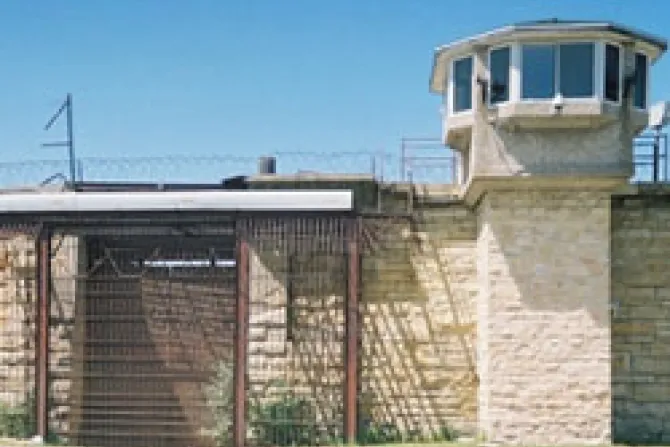Washington D.C., Dec 22, 2010 / 04:05 am
The number of executions carried out in the United States dropped by 12 percent in 2010. Commentators attributed the decline to changing attitudes on the practice but also cited problems with the availability of lethal injection chemicals and lengthy appeals processes.
The anti-execution Death Penalty Information Center has issued a report counting 46 executions in Texas, Ohio, Alabama, Virginia, Oklahoma, Mississippi, Georgia, Florida, Louisiana, Arizona, Utah and Washington in 2010.
In 2009 there were 52 executions in 16 states.
Richard Dieter, executive director of the organization, told the Associated Press that the nation “continued to move away from the death penalty in 2010.” He noted concerns about the high financial costs of the death penalty at a time of budget cuts, concerns about executing the innocent and concerns about unfairness in application.
Scott Burns, executive director of the National Association of District Attorneys, said that appeals have added so much time between sentence and execution that some families are asking prosecutors to accept life in prison without parole. The certainty of that sentence is “sometimes more palpable to them,” he told the AP.
Lengthy sentences for violent criminals and programs to reduce recidivism could also have contributed to a decline in death sentences.
Thirty-five U.S. states have the death penalty. Texas had 17 executions in 2010, the most of any state. However, this figure was a drop from the state’s 24 executions in 2009. The Death Penalty Information Center attributed this drop to the state’s adoption of a sentence of life without parole in 2005, new district attorneys in prominent jurisdictions like Houston and Dallas, and “the ongoing residue of past mistakes.”
Twelve death row inmates in Texas have been exonerated since 1978.
About 114 new inmates will be added to death row in 2010, slightly above last year’s post-1976 record low of 112.
More than 3,000 criminals are on death row in the U.S.


